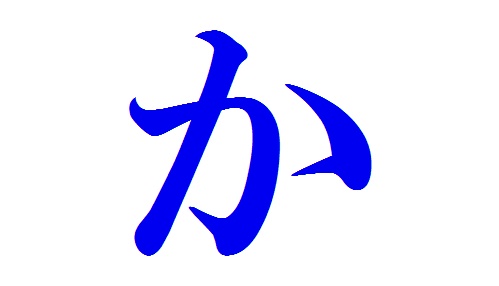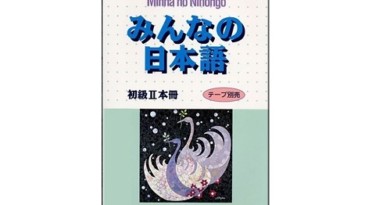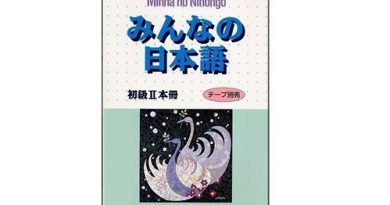Use the auxiliary verb か in Japanese
Use the auxiliary verb か in Japanese. Hi everyone! In this series of articles, LearnJapanesedaily will introduce to you the auxiliary verbs in Japanese and their usages.
Use the auxiliary verb も in Japanese
Contents
- 1 Used in interrogative sentences
- 2 2.Used in interrogative sentences to suggest something unexpected
- 3 3. Used to offer a suggestion to ask and consult someone
- 4 4. Used to show annoyance towards others
- 5 5. Used when making up your mind
- 6 6. Used when you’re unsure
- 7 7. Used in interrogative sentences when you’re confused.
- 8 8. Used when talking to yourself
- 9 9. Used to describe a routine “as soon as…”
Used in interrogative sentences
山田さんは学生ですか
Yamadasan ha gakusei desuka
Is Yamada a student?
2.Used in interrogative sentences to suggest something unexpected
そんなことがあるものですか。
sonna koto ga aru mono desuka.
Do things like that even happen?
3. Used to offer a suggestion to ask and consult someone
紅茶で飲みに行きましょうか。
koucha demo nomi ni ikimashou ka.
Let’s go out for some tea?
今日は暑くありませんか。
kyou ha atsuku arimasen ka.
Isn’t it hot to day?
4. Used to show annoyance towards others
宿題をわすれてきてはだめじゃないですか。
shukudai wo wasurete kite ha janai desuka.
Is it ok to forget your homework?
5. Used when making up your mind
まだ食べるかどうか分かりません。
mada taberu ka douka wakarimasen.
I still don’t know if I should eat.
6. Used when you’re unsure
年のためか、よく病気にかかります。
toshi no tame ka, yoku byouki ni kakarimasu.
Is that because of oldage that people get sick?
7. Used in interrogative sentences when you’re confused.
なぜか、涙があふれてきて、仕方がありませんでした。
nazeka, namida ga afuretekite, shikata ga arimasendeshita.
Why are you crying like that? I can’t do anything.
8. Used when talking to yourself
せっかく出かけてきたのに、デパートは休みか。
せっかくでかけてきたのに、デパートはやすみか。
I have gone all the way to the grocery store and now it’s closed?
9. Used to describe a routine “as soon as…”
ベールが鳴るか鳴らないうちに先生は入ってきた。
ベールがなるかならないうちにせんせいははいってきた。
As soon as the bell rings, the teacher comes in.
Above are 9 ways to use the auxiliary verb か in Japanese. Checkout other articles in this series: Auxiliary verbs in Japanese

